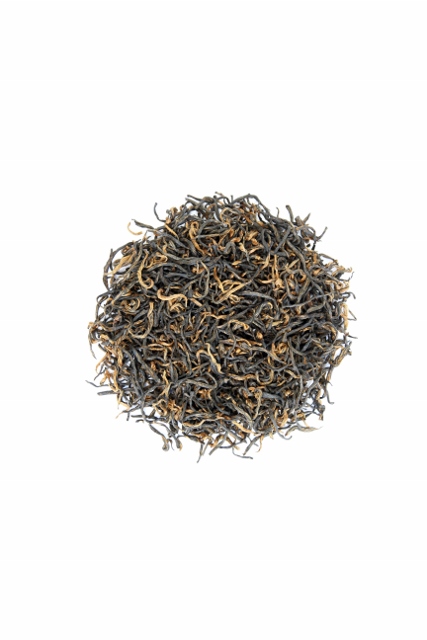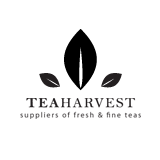Zheng Shan Xiao Zhong:

This is a Chinese red tea (hong cha) or what Westerners would describe as black tea. It comes from only one area in the world: the Wuyi Shan or Wuyi mountains in Fujian province. Historically, authentic zheng shan xiao zhong comes from Tongmu guan village in the Wuyi mountains where the drying process involves the burning of pine wood indigenous to the area thereby infusing the tea with a flavour that is unique.
Much mystery surrounds this tea as foreigners have found it difficult to reach the tea gardens and those who have have been denied access to the tea-making process. Suffice to say that there are different grades of this tea that are produced and available. The most well known in the West is the Lapsang Souchong variant (you may note the similarity of the second word ‘souchong’ with the last two in the title ‘xiao zhong’). This is a heavily smoked grade that is rarely consumed in China and almost exclusively made for the export market.
As the grades improve, they lose the smokiness and take on a sweetness redolent of cured meats and dried fruits. A hint of smokiness remains however, which seems to almost unite these two flavour groups. The most famous of the higher grades of xiao zhong is jin jun mei (golden beautiful eyebrow) consisting entirely of tea buds. The delicately crinkled golden bud resembles an eyebrow in shape, hence the name. A lower grade is yin jun mei or silver eyebrow. These are exquisitely subtle and should be tried at least once in the life of a tea drinker.
A grade exists which is in between the smoky and the exquisite and it is what we call lapsang red. As a stand-alone tea it delights and is priced between the two other grades we’ve mentioned. It has the slight smokiness but also the subtlety of the higher grade. Long, wiry crinkly leaf bits characterise this grade. We include this in our Russian Caravan blend.
In recent years, another grade of xiao zhong has emerged that is yet to make it out of China. We have been scouring websites across the globe and are yet to find it available. A contact we made in China in 2010, who works in the specialty Fujian tea industry, has been our source of the rarer teas. He has obtained this ‘new method’ zheng shan. The process for drying the tea is slightly different but it produces a flavour that is less subtle and stronger. It still has the famous hint of the dried longan fruit that xiao zhongs are famous for but it has more body, making it suitable as a breakfast tea (albeit an indulgent one). It is similar in shape to the two jun mei mentioned but its colour is more a coppery-bronze. We do not multi-infuse this tea , preferring one long infusion that draws all the flavour into one cup, and we stew this tea for up to 5, 6 or even 7 minutes. If it’s good tea, you can stew it for a fair while before it will get heavy on you. Having drunk Zheng Shan Xiao Zhong every day for the last 12 months we can strongly recommend it to you.




